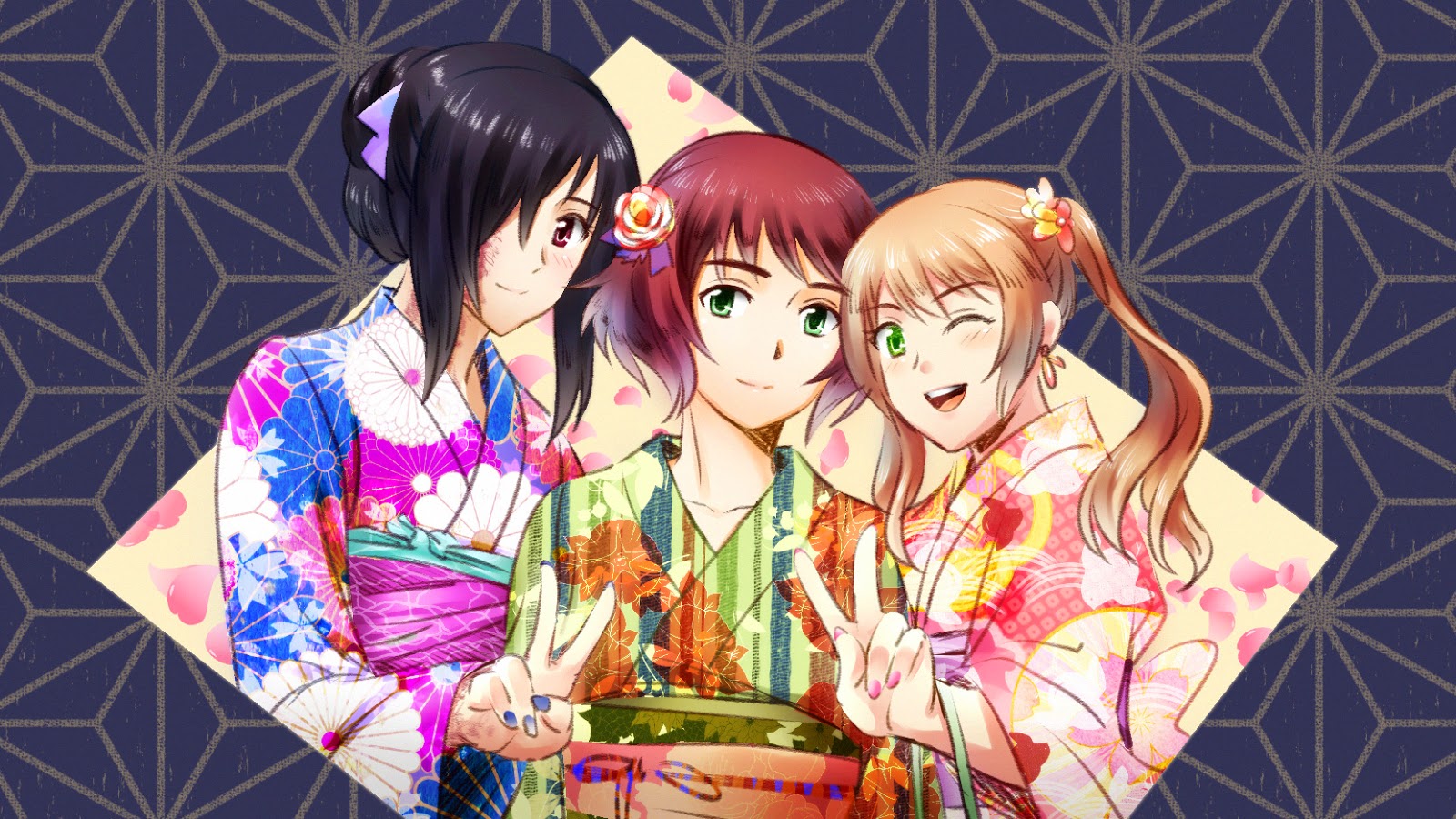

- #KATAWA SHOUJO FLOWCHART 3.1 HOW TO#
- #KATAWA SHOUJO FLOWCHART 3.1 INSTALL#
- #KATAWA SHOUJO FLOWCHART 3.1 SOFTWARE#
- #KATAWA SHOUJO FLOWCHART 3.1 CODE#
Mutou takes him to class where he meets Shizune, a deaf girl with glasses who is the class representative, and Misha, her interpreter. On arrival at Yamaku, Hisao meets his new homeroom teacher, Mutou, in the lobby.
#KATAWA SHOUJO FLOWCHART 3.1 CODE#
The available choices and paths are entirely dependent on Hisao's choices, which influence variables within the code representing his interest in each girl at any given time. In others, Hisao can meet each girl in a single day. In some cases, the entire Saturday is spent with one girl at a tea shop. Unlike Acts Two through Four, which stay fairly linear on the character's path, Act 1 can vary widely depending on which choices the player makes. The entire act takes place over the course of a week - Monday to Sunday - ending on the school festival, when Hisao realizes he has feelings for whichever girl the player has favored. While Hisao adjusts to his new school and new health condition, he meets the various students at Yamaku, including the five girls he can have a relationship with: Shizune, Lilly, Hanako, Emi, and Rin.
#KATAWA SHOUJO FLOWCHART 3.1 SOFTWARE#
This might require some conversion in an Amiga piece of software like PPaint or DPaint from a more common format, but I haven't explored these options yet.Act 1 - Life Expectancy is the first "gameplay scenario" of Katawa Shoujo.
#KATAWA SHOUJO FLOWCHART 3.1 HOW TO#
I don't know though, how to create such an image file on a Windows machine. I'm guessing that this should be simpler to render, as there's no finding/approximating defined colours, just using numbers from the system palette. Then it's entirely up to you to make sure that the indexes in your graphics file refer to the correct colours in the system. There is also a picture format that contains just the colour indexes (as relative to the system palette) without the actual colour definitions. I don't know if it's a 3.1.4-specific feature and how it affects performance though. My WB is even smart enough, that when I have an incompatible palette, it tries to approximate the proper colours with some amount of dithering. So if your system palette contains the right colours, they will be used (apparently regardless of their indexes on the system side). iff format has indexed palette and includes the colour "definitions" for all indexes within the file. Bear in mind, that to set the shadows colour, you have to momentarily set the "mode" in Font settings to "Text Field", select the 2nd colour (that'll be your shadow/outline) and then switch back to the "Text" setting.Īnd regarding the wallpapers and their palettes, I'm still learning things here, but it looks like the. You can add them to the startup-sequence, and boom: you'll either have outlines or shadows (like in my case). It installs "OutlineIconText" and "ShadowIconText" programs in C. I was told that it's incomatible with the "NewIcons" library though, so you have to choose one. With this library your icon rendering capabilities become vastly improved.
#KATAWA SHOUJO FLOWCHART 3.1 INSTALL#
I'm pretty sure you can install it standalone on bare 3.1 too. But the BestWB package for WB 3.1.4 that I'm using brings this. When you choose the "Text" mode, it will be just bare text which can be hard to decipher on a background of similar (or same) colour. The only part that stock WB is missing here is the ability to give a shadow/outline to the letters. Go to "Font"->"Workbench Icon Text" and there you have the "Mode" option that you can set to "Text" instead of "Text Field". I struggled with the grey labels too until I was informed that stock Workbench "Font" settings (in Prefs) have the option for it (at least in 3.1.4).


 0 kommentar(er)
0 kommentar(er)
